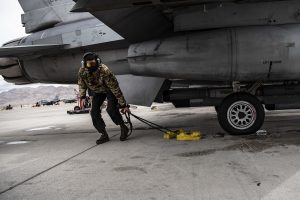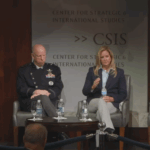
As Air Combat Command (ACC) prepares a campaign plan by October to counter the "near peer" threats of Russia and China, one key element of the plan will be "force elements," consisting of different unit type codes. Deployments may have a wing headquarters command and control force element, one or more mission generation force elements and an air base squadron force element. "One of the most significant changes in this plan is how the Air Force presents our forces," ACC…














